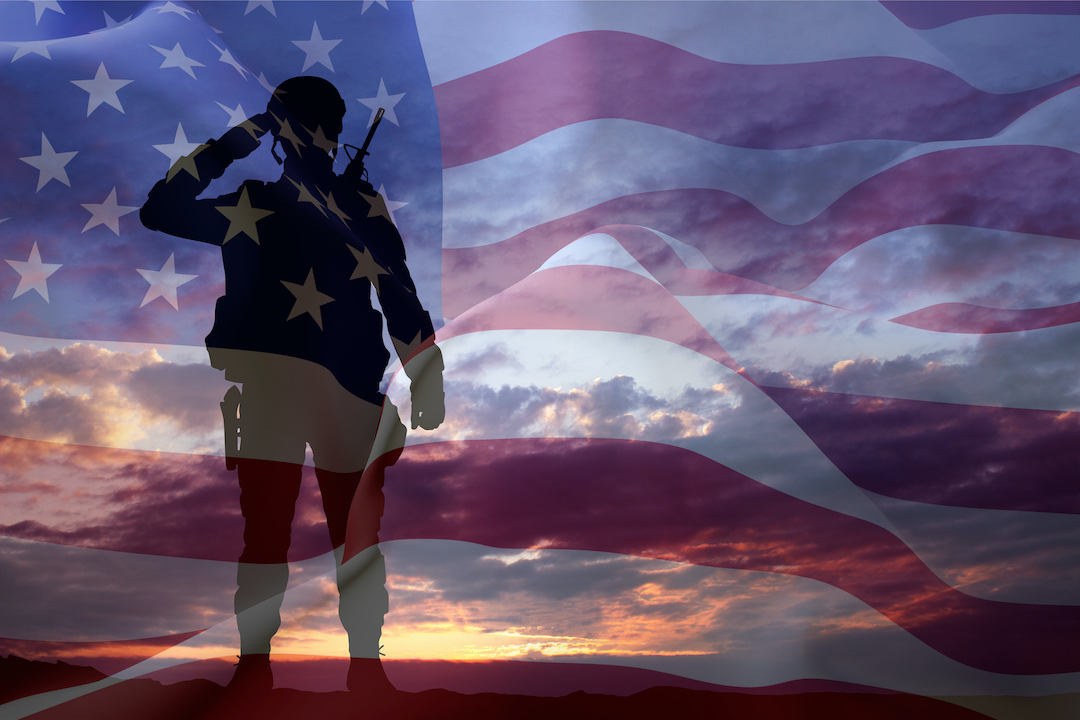
A Symbol Born in Revolution
The history of the U.S. flag is deeply woven into the fabric of American identity. Often called “The Stars and Stripes”, the flag traces its origins to June 14, 1777, when the Second Continental Congress passed the Flag Resolution stating:
“Resolved, That the flag of the thirteen United States be thirteen stripes, alternate red and white; that the union be thirteen stars, white in a blue field, representing a new constellation.”
This act gave birth to the first official flag of the United States during the Revolutionary War. The 13 stars represented the original 13 colonies, and the stripes symbolized their unity and shared struggle for independence.
What Do the Colors and Symbols Represent?
While the Continental Congress didn’t officially define the meanings of the flag’s colors, historians and later interpretations have attributed symbolic significance:
- Red: Valor and bravery
- White: Purity and innocence
- Blue: Vigilance, perseverance, and justice
The 13 stripes (7 red, 6 white) remain today to honor the original colonies. The stars, now numbering 50, each represent a U.S. state, added in the order of admission to the Union. The field of stars is arranged in a constellation, reflecting the unity of a diverse nation.
Flag Day: A Patriotic Celebration Since 1777
Although the flag was adopted in 1777, it wasn’t until 1916 that President Woodrow Wilson officially proclaimed June 14 as Flag Day. In 1949, Congress approved the national observance. Still, Flag Day is not a federal holiday—meaning businesses remain open—but it is widely celebrated in schools, veteran organizations, civic groups, and communities across the country.
2025: Celebrating 250 Years of the American Flag
June 14, 2025, marks the 250th Flag Day—a historic milestone for the symbol that has flown over battlefields, moon missions, Olympic ceremonies, and front porches alike. Across the nation, communities are planning parades, educational events, and patriotic displays to honor the flag’s legacy and what it means to be American.
Where to Celebrate Flag Day 2025
Here are some of the most significant places and traditions for observing Flag Day:
1. Philadelphia, Pennsylvania
As the birthplace of the American flag, Philadelphia takes center stage. The Betsy Ross House—where tradition holds that Ross sewed the first flag—hosts special reenactments, concerts, and flag-raising ceremonies.
2. Waubeka, Wisconsin
This small town is officially recognized as the birthplace of Flag Day. In 1885, a young teacher named Bernard J. Cigrand held the first formal observance of Flag Day here. Today, Waubeka hosts the National Flag Day Foundation’s Parade, attracting visitors from all over the country.
3. Baltimore, Maryland
Fort McHenry, where Francis Scott Key penned “The Star-Spangled Banner” during the War of 1812, holds ceremonial flag-raisings and family-friendly events that celebrate both the flag and the national anthem.
4. New York City, New York
Iconic locations like Battery Park and the Statue of Liberty hold special ceremonies, particularly honoring immigrants who view the flag as a beacon of hope and freedom.
5. Washington, D.C.
The National Mall and Smithsonian Institution museums offer educational exhibits, flyovers, and storytelling events about the flag’s evolution and symbolism throughout U.S. history.
6. Veterans and Military Cemeteries Nationwide
American Legion and VFW chapters often host solemn ceremonies and flag-retirement rituals, reminding attendees of the sacrifices made under the flag’s banner.
More Than a Piece of Cloth
At 250 years old, the American flag remains a symbol of resilience, struggle, and aspiration. Whether it’s raised over government buildings or fluttering outside homes on quiet suburban streets, Old Glory stands for ideals that unite a diverse people.
How You Can Join the Celebration
- Attend local parades or community ceremonies
- Display the flag with proper etiquette
- Volunteer at a veterans’ center
- Educate younger generations on the meaning of the flag
- Share stories of how the flag has touched your life
As Americans come together on June 14, 2025, they’ll not only be honoring a flag—they’ll be celebrating the enduring spirit of a nation that continues to strive toward liberty and justice for all.
-Lê Nguyễn Thanh Phương-
Sources for Further Reading:
- Library of Congress: Flag Day History
- Smithsonian National Museum of American History: The Star-Spangled Banner Exhibit
- U.S. Department of Veterans Affairs: Flag Etiquette and Holidays
